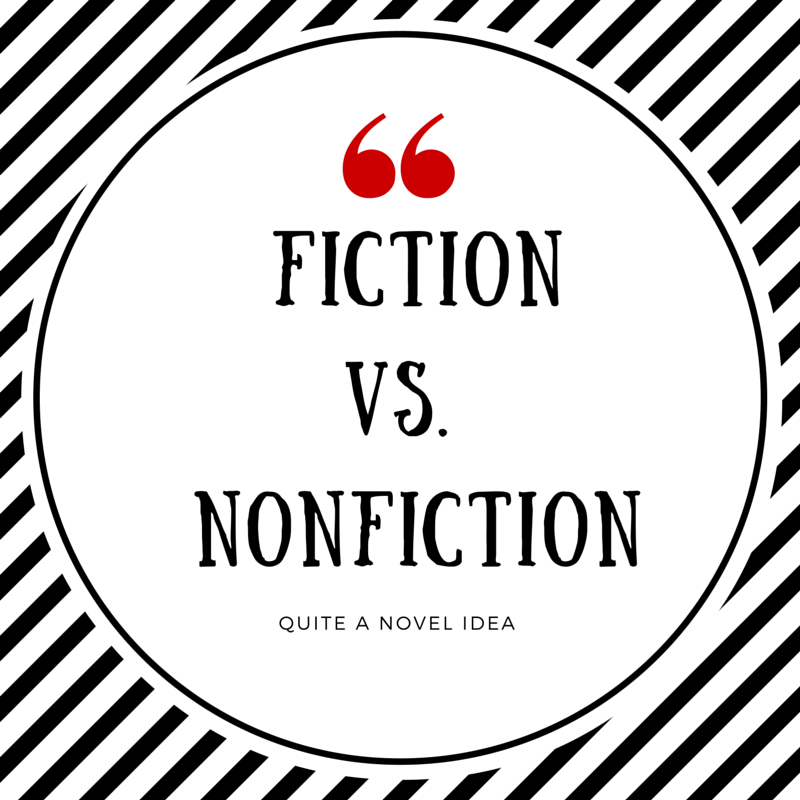I attended a Wednesday night church service this week.
My church only does
one Wednesday service per week now. Somewhere along the way, a lot of churches
put in multiple Sunday morning sessions and even one for Saturday night. Evangelicals
who’ve grown up with the midweek option might find it strange to see it go. I can’t
say how common it is around the country though.
I stopped going to the Wednesday service on consecutive weeks when I was in high school. For some this is an
awful break from tradition, an inexcusable move that proves America doesn’t
care about God anymore.
But is the lack of
services really a trend toward laziness or a strategic move designed to reach
the lost on their own turf?
The stated reason, for fewer church times, is to encourage
small groups to take the place of large gatherings and invest in each other on
a personal level. Small groups are an extension of a larger community within
the church. With big churches it’s easy to ignore and be ignored by the people
we see in service. The anonymity of big gatherings often leads to isolation, as
contradictory as it seems. Small groups promote participation for those without
strong support from friends and relatives. It also forces ‘lone wolf’ types to
make connections. Lone wolfs would hardly get that type of community from just
attending church once per week. They might not even get it attending 3 services
weekly.
If the shift to smaller groups works, than we can expect
churches to grow across the country as people without a formal group structure become
new regulars.
The argument against killing the midweek service is that it
promotes less Christian teaching overall. Cynical types think pastors just want
time off. “Tell the people it’s about ‘community’ and we get to stay home.” First,
most changes from religious officials get the conspiracy treatment, why should ‘community’
notions be different? Second, the church should reflect, in some ways, the
culture around it. Without it, Christianity can seem foreign, something unreachable
and unrelatable. Clothing is one example. It went from ties with slacks to flip
flops and baseball caps in less than 20 years. The music too is faster paced,
much louder and sounds closer to a concert than a choir led chorus. It’s probably
a reflection changing music tastes within the church instead of some outreach
effort. But it reflects the culture and isn’t contradictory to any core
biblical beliefs.
A culture that doesn’t attend church (largely) won’t hear
the message of the gospel except on a one to one basis. Those interactions can
happen anywhere and often do. This is the shift Christians need, from attendance
to outreach. It could be that the national Church is trying to revive some of
sense of community that is going away in large portions of the country. Civic
groups and service clubs (Rotary, Kiwanis) so important 50 years ago are dying.
Some of these groups lost over 50% of their members between 1975 and 2000. Americans
don’t join like they used to. The ties of local organizations (religious and
non) that once existed are barely effective anymore at building group dynamics.
Some blame the digital space, internet groups that offer community without the pesky
human interaction. Maybe so, but it could also be that we don’t have the same obligation
to tradition anymore. Maybe there is a feeling of “What’s the big deal?” or “Why
do I need that?” If it leads to searching for groups in different ways, that’s
great. But it can also lead to isolation. Isolation is easier to achieve than
ever and it’s having negative effects on human interaction across the country.
Community promotes individual growth, isolation retards it.
Churches are figuring this out in a time of slipping
attendance across the country. What difference would an additional night of
service make in a society that doesn’t bother going on the regular days? Isn’t
that person more likely to attend a small gathering with friends than a church?
It’s also forcing church officials to imagine a more disparate organization in
the future, one central hub with dozens of small affiliates. A lot of
megachurches use this model already by broadcasting services to a number of
smaller gatherings. Other forms of gathering will develop too as communication
of media increases.
The willingness to provide support and build reliable
communities reflects a two part goal for the national Church. Without changing
with the times we lose alienating a generation that didn’t grow up in America
attending services. The goal is the same, preach the gospel, make disciples and
support the community through outreach. The shift in attitude is what's important, if you won't come to us, we'll com to you.
I don’t think the traditional brick and
mortar church buildings are going away. But they are seizing on an opportunity to
reach those far removed from a tradition of church attendance. For those used
to slipping in and out of services without obligations to outreach, this is a welcome
change.


